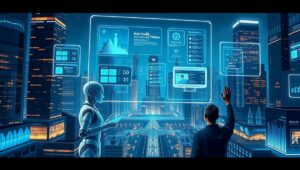The Future of Open-Source Computing Stacks (2026)
The Future of Open-Source Computing Stacks (2026) The open-source movement has revolutionized software development, fostering collaboration, innovation, and accessibility. As we look ahead to 2026, open-source computing stacks are poised to become even more dominant, driving advancements across various industries. This article explores the key trends and technologies shaping the future of open-source stacks. Rise of Cloud-Native Technologies Cloud-native technologies, such as containers, microservices, and service meshes, are integral to modern application development. Open-source projects like Kubernetes, Docker, and Istio are at the forefront, enabling organizations to build scalable, resilient, and portable applications. In 2026, we anticipate further adoption of






